The ts specification is wrong; if you are setting this up as daily observations, then you need to specify what day of the year 2014 is June 1st and specify this in start:
## Create a daily Date object - helps my work on dates
inds <- seq(as.Date("2014-06-01"), as.Date("2015-10-14"), by = "day")
## Create a time series object
set.seed(25)
myts <- ts(rnorm(length(inds)), # random data
start = c(2014, as.numeric(format(inds[1], "%j"))),
frequency = 365)
Note that I specify start as c(2014, as.numeric(format(inds[1], "%j"))). All the complicated bit is doing is working out what day of the year June 1st is:
> as.numeric(format(inds[1], "%j"))
[1] 152
Once you have this, you're effectively there:
## use auto.arima to choose ARIMA terms
fit <- auto.arima(myts)
## forecast for next 60 time points
fore <- forecast(fit, h = 60)
## plot it
plot(fore)

That seems suitable given the random data I supplied...
You'll need to select appropriate arguments for auto.arima() as suits your data.
Note that the x-axis labels refer to 0.5 (half) of a year.
Doing this via zoo
This might be easier to do via a zoo object created using the zoo package:
## create the zoo object as before
set.seed(25)
myzoo <- zoo(rnorm(length(inds)), inds)
Note you now don't need to specify any start or frequency info; just use inds computed earlier from the daily Date object.
Proceed as before
## use auto.arima to choose ARIMA terms
fit <- auto.arima(myts)
## forecast for next 60 time points
fore <- forecast(fit, h = 60)
The plot though will cause an issue as the x-axis is in days since the epoch (1970-01-01), so we need to suppress the auto plotting of this axis and then draw our own. This is easy as we have inds
## plot it
plot(fore, xaxt = "n") # no x-axis
Axis(inds, side = 1)
This only produces a couple of labeled ticks; if you want more control, tell R where you want the ticks and labels:
## plot it
plot(fore, xaxt = "n") # no x-axis
Axis(inds, side = 1,
at = seq(inds[1], tail(inds, 1) + 60, by = "3 months"),
format = "%b %Y")
Here we plot every 3 months.

